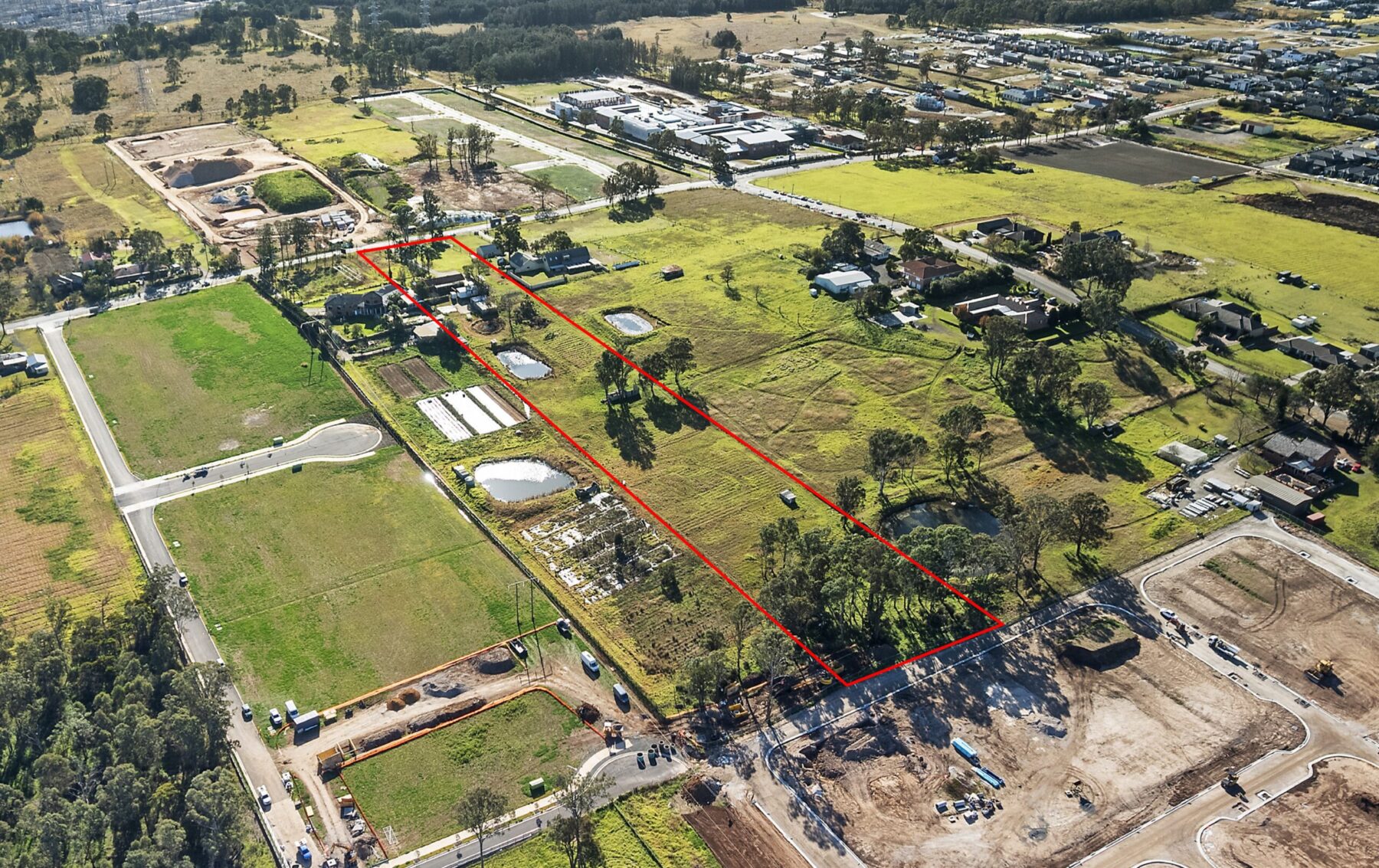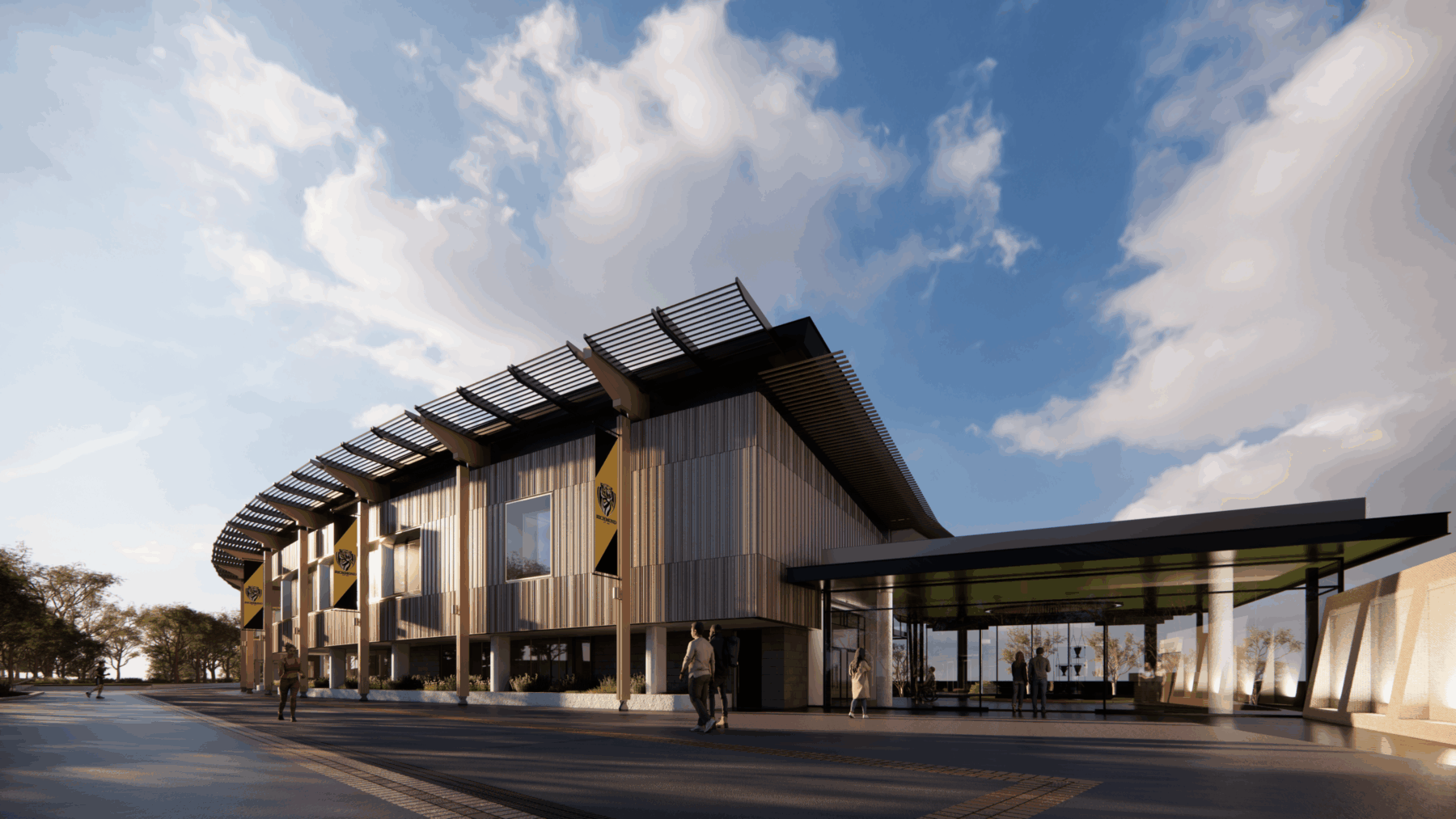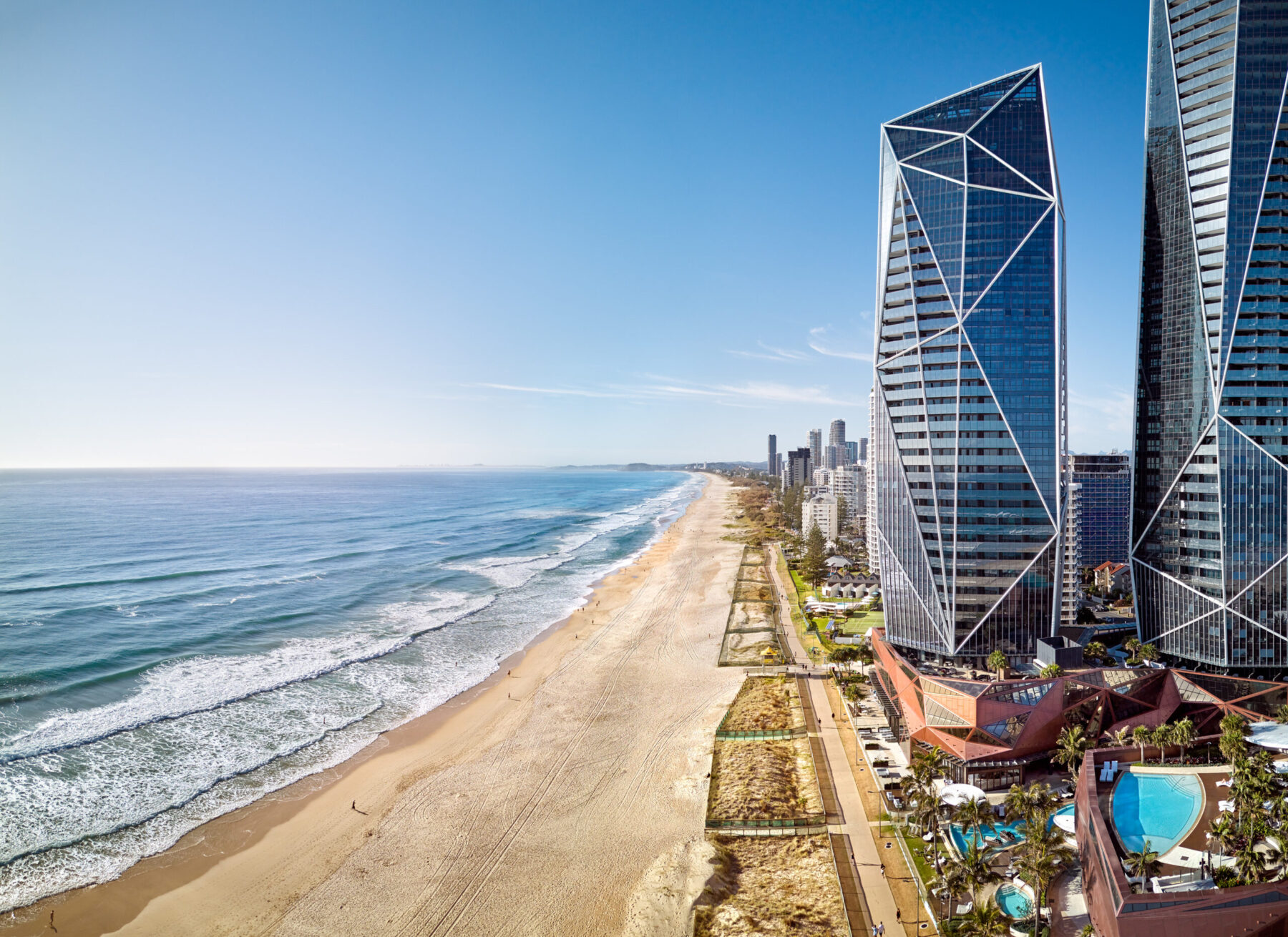
A European trend making its way here could soon help improve housing affordability in 2025.
“There is an increasing amount of development and investor interest ‘co-living’ developments,” says award winning architect James Alexander-Hatziplis, co-founder and CEO of Place Studio.
“Co-living developments are a modern European housing concept designed to provide a blend of private affordable apartments, coupled with increased communal living spaces,” he says.
“Each apartment typically features a bedroom, premium bathroom and small kitchen while also providing shared common areas such as large communal living spaces, shared co-working spaces and recreational facilities. The apartment can be something between a studio and one-bedroom apartment in terms of design.
“Ultimately, this means that more apartments can be fitted into a development and at a more affordable price for residents – especially for new home owners.
“By sharing some common amenities, whether it’s recreation areas, laundry facilities, BBQ areas, storage and/or parking – costs can be reduced, making it affordable for first-time home owners,” says Mr Alexander-Hatziplis.
For investors, it has the added advantage of better space usage, which can increase the number of apartments that can be built on a given piece of land.
Some key aspects of co-living development design include:
- Community focus: Co-living spaces are designed to foster a sense of community among residents.
- Affordability: By sharing common areas and amenities, residents can often enjoy lower living costs compared to traditional renting and/or purchase.
- Location: These developments are often situated in well-connected urban areas, providing easy access to work, study, and recreational opportunities.
- Eliminates the financial liability of having a roommate: Co-living does away with some of the financial anxiety of living with others, as well as giving the resident the benefit of owning their own space.
- Living lighter: Co-living naturally allows for residents to adopt a sustainable, minimalist lifestyle.
Mr Alexander-Hatziplis adds that it is important that co-living design maximises natural light, minimising running costs while maintaining a premium living environment.
“Co-living development sites that we have taken to the market in recent months have been snapped up by buyers very quickly, demonstrating the strong buyer demand in this space,” he says.
In Australia, each co-living apartment tends to range in size from 22sqm to 35sqm internally, is equipped with a double bed – suitable for two occupants – with its own generous kitchen, premium bathroom and small veranda. “It is a first step onto the property ladder,” says Mr Alexander-Hatziplis, “due to a lower purchase price.”



